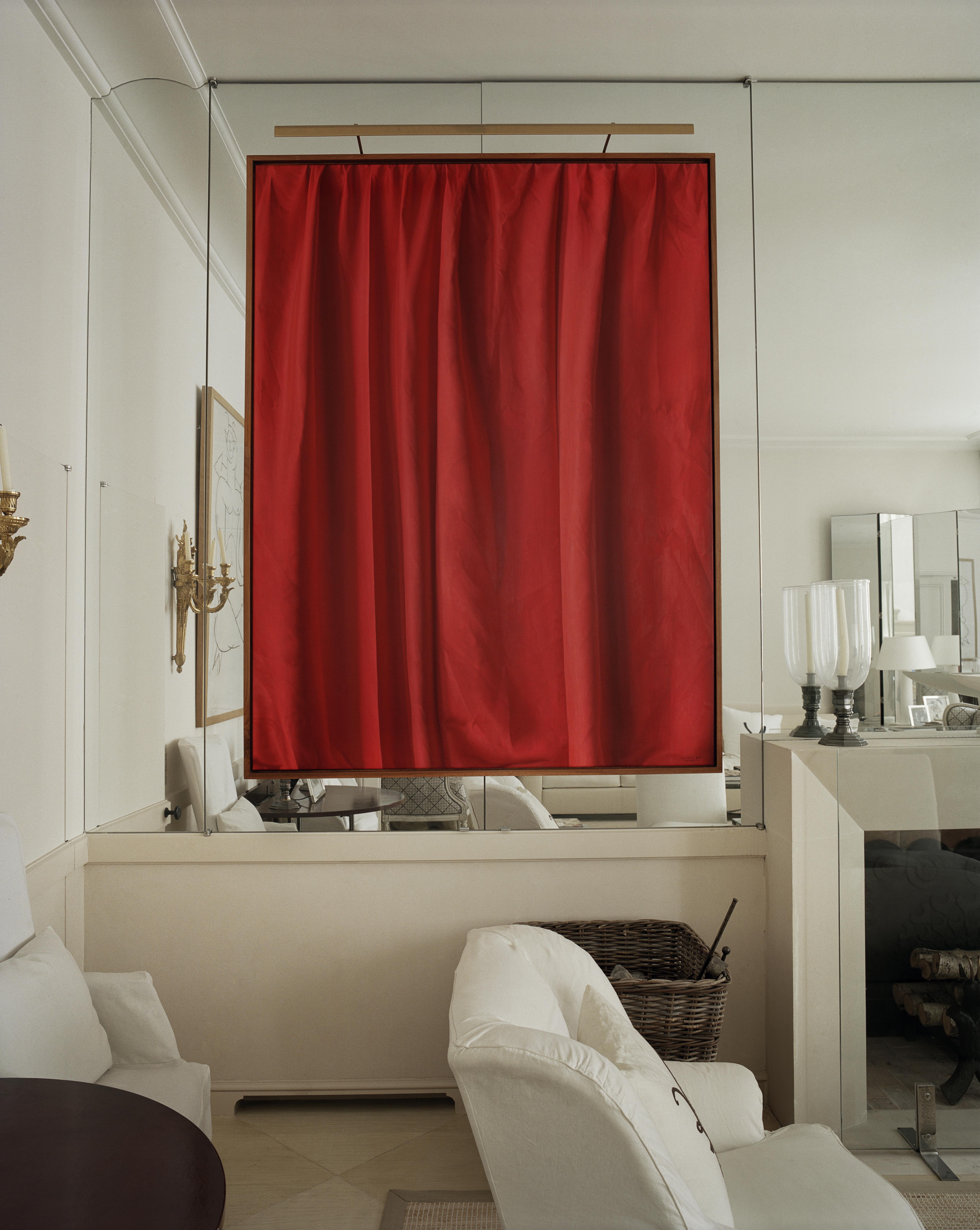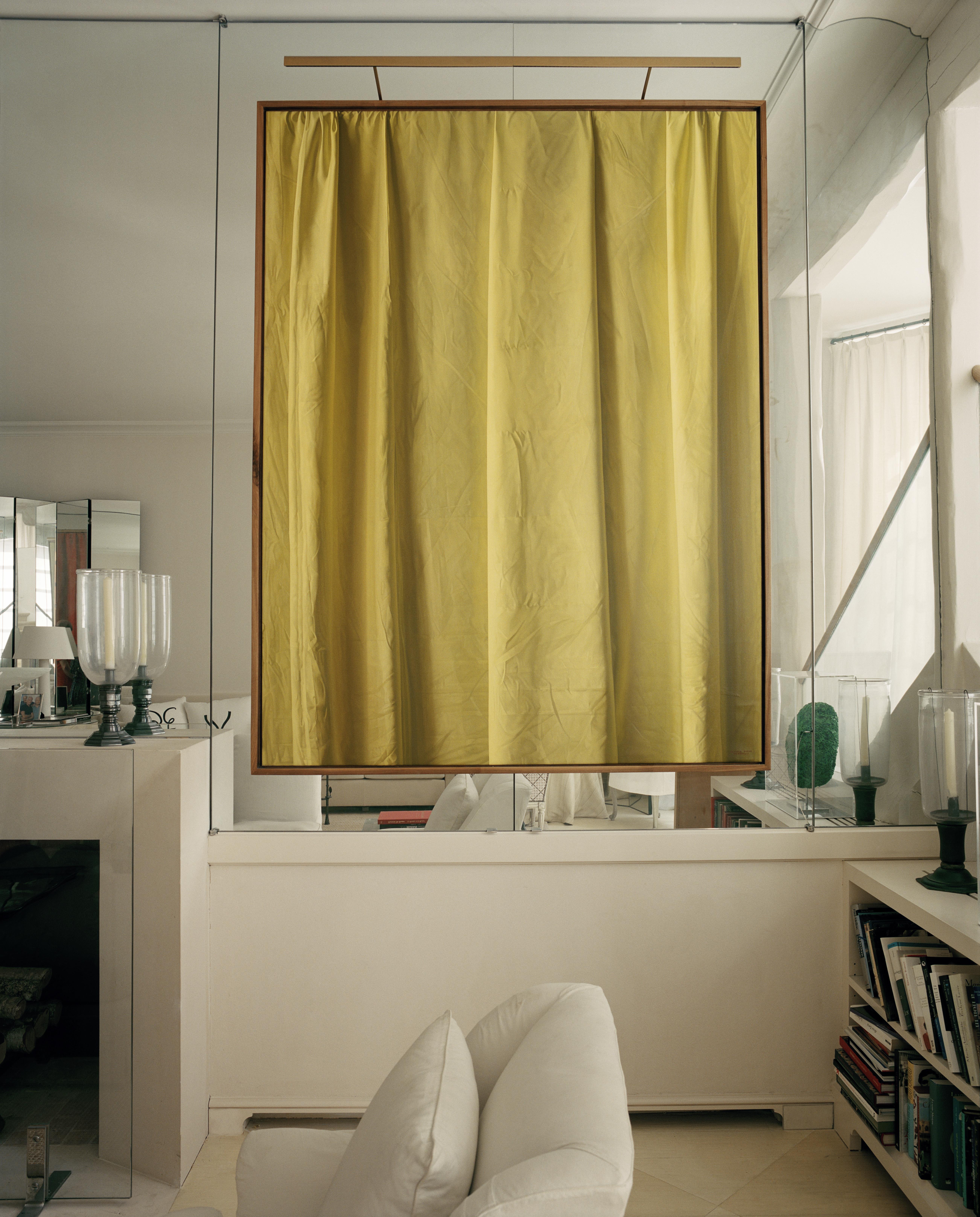Looking at images requires a certain rigour in an age of the unreal-real. Writing in The New Yorker, Kyle Chayka wondered if the iPhone camera was to blame for a culture possessed by a perfect post-reality. ‘When I press the shutter button to take a picture, the image in the frame often appears for an instant as it did to my naked eye. Then it clarifies and brightens into something unrecognisable,’ he said. As we obsess over the potential of an image, adjusting the colour balance, cropping, and smoothing in some kind of cyborgian daze, we become immune to the wrinkles of life.
Consider Bacchus (1997) and Apollo (1998), two hyperrealist paintings made by the late Chilean artist Claudio Bravo in the 1990s. They once flanked the fireplace in the ground floor salon at Hubert de Givenchy’s Paris home. Both are included in a sale of more than 1,200 lots dating from the 16th to the 20th century from Givenchy's private collection, which will take place at Christie’s Paris in June. One a vivid scarlet red, the other a warm courgette yellow, this is the first time they have appeared on the open market.
Together they are a simulation of cloth, an homage to contemplation. They are fashion paintings, emanating the same material force pulsating in the large-scale minimalist photographs of Wolfgang Tillmans and Lucio Fontana’s slashed canvases. ‘I remember visiting the house. It was all white inside because he was fond of the colour,’ Lætitia Bauduin de la Brosse, head of the post-war and contemporary art department at Christie’s France, told me. ‘When you entered the salon, you only saw these two works. They were so powerful. So bright. So big.’
Born in 1936, Bravo moved to Europe at 25 and worked as a celebrated society portraitist before being lured by the potential of abstracted, non-human subjects. Whilst over on a visit from Chile, his sister returned home after a day of shopping with a cluster of paper packages – she placed them on the table and Bravo became fascinated by their forms. He went on to study wrapped parcels and other mundane objects including eggs and aluminium cans for much of the late 1960s. He would later return to the subject in the late nineties, painting a series of curtain studies in 1998 and christening them with the names of Greek gods and goddesses.
Bacchus and Apollo are not typical of the works that Givenchy collected, yet they speak to his fashion nous. Online there is a photograph dated 30 June 1972 of the couturier in his fresh white and daylight flooded atelier at Avenue George V. He is wearing a white four button blouson, his hand on his hip. Behind him is a huge bolt of red material pinned tautly enough to reveal the shape of a mannequin underneath. The fabric is the same claret hue as Bacchus.
These works are atemporal, perhaps even classic in a way that would have no doubt appealed to Givenchy’s own reductivist sensibilities: ‘Like in great painting and architecture, in couture, to make clothes you must eliminate, eliminate, eliminate to obtain the true sense of a line. You see, the more you add, the more you load on, the more it’s mad. You must try to have just the silhouette, which is an intelligence in clothes,’ he once said. Givenchy bought the paintings directly from Bravo in 2006 who was also drawn to a certain precision of line and colour – he considered Mark Rothko’s colour field paintings, the thick folds and textured vestments captured by Francisco de Zurbarán, and the still lifes of Juan Sánchez Cotán. In his hands, a pile of linen waiting to be washed, a length of red cloth pinned to the wall, two glasses filled with plumes of tin foil become memento vivere. A close-up of life.
Hyperrealism is often understood to be the recreation of a high-definition photograph either in sculpture or painting, yet as the cameras we depend upon bullishly smooth and alter our realities, we should look again. This concentration on the mundane is exactly why these two works by Bravo feel so alluring today. The puckered corners and creased drapes are imperfectly, deceptively tangible and would have required hours of contemplation. ‘The objects I paint transcend and magnify reality,’ Bravo once said. There is concrete joy to be found in the shadow of a crease, the fall of a pleat.

